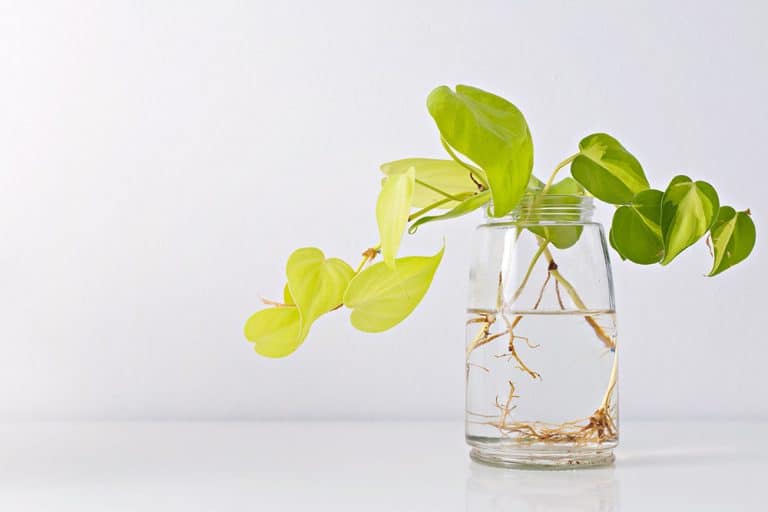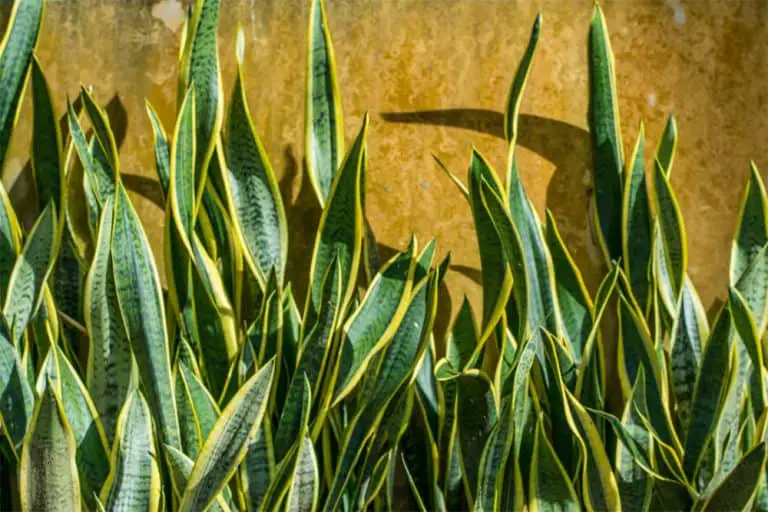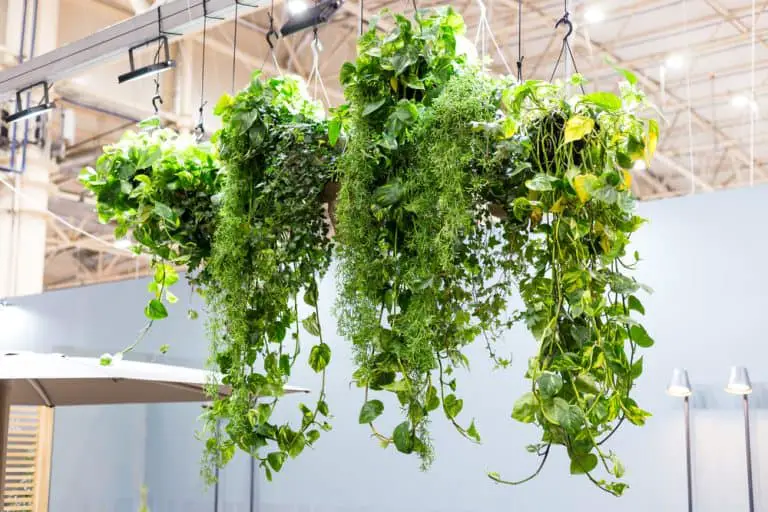Can You Grow Tomatoes In A Grow Tent? + Tips For Quick Growth [2022]
Have you ever wondered can you grow tomatoes in a grow tent?
The answer is YES, you absolutely can grow tomatoes in a grow tent, all year round!
The heat-loving fruit tomato may appear impossible to grow indoors, yet tomato plants can flourish in a grow tent.
Thanks to the proper environment from a grow tent, you can grow tomatoes indoors all year round and then take pleasure in the results of your labor.
A grow tent is a good option if you want to plant all year long and have a vacant interior space.
Do not worry if you are new to gardening because you can build ideal indoor growing environments with the use of grow tents.
They typically consist of fans, lights, and occasionally carbon filters and are composed of flexible materials.
It gives gardeners like yourself complete control of the environment your tomatoes can grow in. Let’s get straight to the article.
Summary
1. A Guide To Growing Tomatoes In A Grow Tent
2. What Is A Grow Tent And Why Do You Need It?
3. What Can You Grow In A Grow Tent?
4. Can You Grow Tomatoes Indoors?
5. Can Store-Bought Tomatoes Be Used To Grow Tomatoes?
6. How Much Time Does It Take A Tomato To Grow?
7. Can A Tomato Plant Survive The Year?
Related Posts:
- How To Grow Tomatoes In A Polytunnel – The Right Way in 2022!
- How To Grow Tomatoes Indoors Like A Pro! 2022
- How To Grow Tomatoes Indoors With Lights + Growing Tips! [2023]
- Tomato Plants Over Winter: How To Help Them THRIVE! [2023]
Disclosure: This post may contain affiliate links, meaning I get a commission if you decide to make a purchase through my links, at no extra cost to you.
Can You Grow Tomatoes In A Grow Tent – A Quick Guide
- Step 1: Decide on the type of tomatoes you want to grow
- Step 2: Plant the tomatoes
- Step 3: Pay attention to the germination process
- Step 4: Water and fertilize your tomatoes
- Step 5: Harvest the tomatoes
Step 1: Decide On The Type Of Tomatoes You Want To Grow
Before you can use a grow tent for tomatoes, you will need to decide on the type of tomato you would like to plant. Yes, there is more than one.
Now, tomatoes can be categorized into two types:
- Determinate tomato plants
- Indeterminate plants
Determinate Tomato Plants
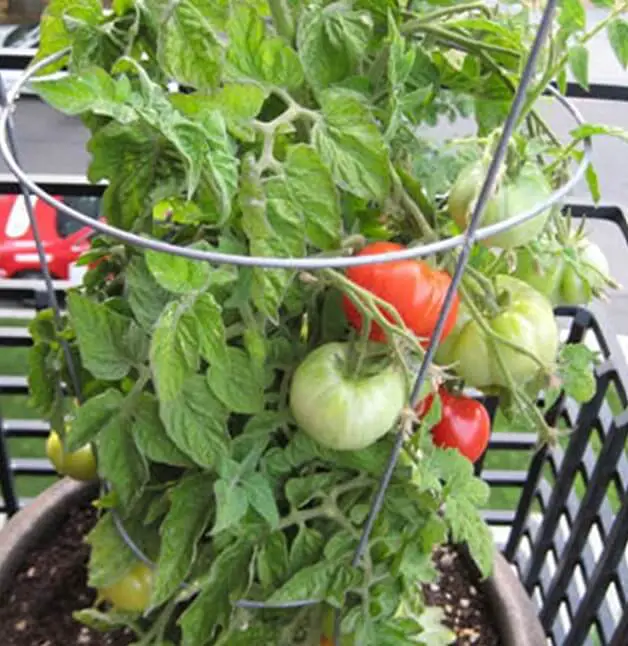
The growth of determinate tomato plants will only reach a certain size before halting.
They are therefore a fantastic choice for a large number of plants or locations with little available space, like your living room.
You have a smaller plant with determinate types, therefore tomato cages or stakes may not be necessary.
Despite the fact that its fruits ripen early, they frequently produce all at once, giving you a brief season.
The following are several determinate indoor tomato types:
Indeterminate Tomato Plants

Indeterminate types keep growing and producing fruit all season long. They often grow large and begin to resemble shrubs rather than tomato plants.
You can enjoy the fruit of indeterminate kinds for a longer period of time than you would with determinate varieties, which is an advantage.
Nevertheless, choosing a determinate variety may be the best option if you’re growing inside because it might help you conserve space.
The following are several indeterminate indoor tomato types:
When it comes to growing tomatoes in a grow tent, choosing a determinate variant is more suitable given the limited space.
Step 2: Plant The Tomatoes
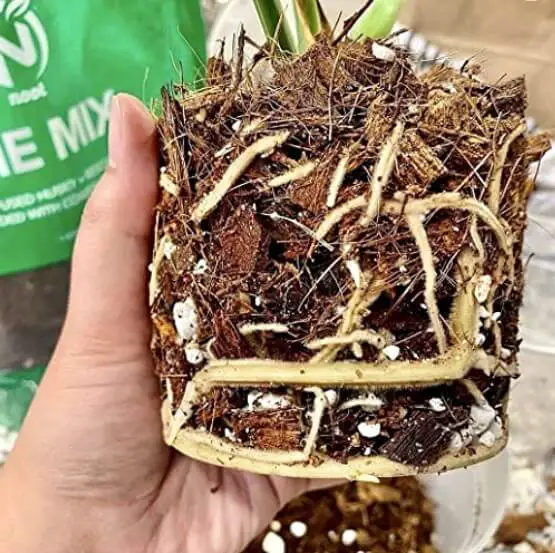
When planting the tomatoes, be aware of the kind of potting mix you chose.
For the growth of your tomatoes, you can choose from a common starting mix, potting mix, or soil mix.
Check the contents before purchasing a potting mix. It should include ingredients like sand, vermiculite, peat moss, and compost.
The key to any potting mix is good drainage and here are some suggestions:
Step 3: Pay Attention To The Germination Process
The process of a seed becoming a seedling is called germination. Put your trays inside the grow tent to accomplish this.
Adjust the indoor humidity, and make sure to keep the soil’s daily temperature between 70 and 80 degrees Fahrenheit.
A hygrometer makes it easier for growers to monitor the moisture level in the growing area. It is incredibly affordable and dependable.
Step 4: Water And Fertilize Your Tomatoes
Providing your tomato plant with enough water and the right fertilizer is a no-brainer.
Remember how the first step in this process is to choose your tomato variety?
The choice of your tomato will affect how much fertilizer you need to use.
Tomato types that are indeterminate will carry on growing and they produce fruits at any time of year. You must give your tomatoes enough nutrients to keep this process going.
Within two weeks of transplanting, apply your first fertilizer treatment.
Until they are fully grown, keep fertilizing your plants every few weeks. Also, make use of phosphorous-rich fertilizer.
Here is a guide on the Best Fertilizer for Tomatoes at Different Stages.
Step 5: Harvest The Tomatoes
Your tomatoes will mature in about 50 to 60 days when you grow in a cell tent.
The fruit will first start to mature from the bottom up and the tomato’s color and firmness should then be monitored.
As a tip, purchase some tomatoes from the grocery store if this is your first time harvesting. You may gauge how firm they are and then contrast them with the plants growing in your house.
FAQs
What Is A Grow Tent And Why Do You Need It?
A grow tent is a portable tent that allows you to grow plants indoors. Grow tents are occasionally referred to as grow rooms. The lightweight, sturdy metal poles fit together easily making up the structure, which is then covered with a thick canvas outer coat.
This robust, long-lasting material, which is frequently composed of nylon, polyester, or Mylar, is attached to a reflective inner lining that lines the interior of the tent.
Grow tents allow you to alter and control a plant’s environment, encouraging it to yield the precise results you need.
They are meant to collect and keep in heat, light, and humidity at a customized level which could result in plants developing more quickly, taller, or with larger fruits.
You are doing something that a typical outside environment does not naturally permit and that is establishing and sustaining a controlled artificial mini-climate.
But why would you need a grow tent??
Grow tents regulate 3 essential elements that contribute to healthy plant growth – light, temperature, and humidity.
Growing vegetables in a grow tent becomes easy as it helps to provide the ideal miniature habitat for your plants.
Light

The light produced in a grow tent setting is by potent grow lamps that mimic natural sunlight. No light, or very little light, can escape from this sealed, light proof setting.
The tent’s reflective silver or white lining maximizes exposure and minimizes photon losses by reflecting any light inside the tent back onto the plant.
Additionally, it aids in bringing light to the lower portions of the plant, which is a natural setting that may be in the shade or out of the direct sunshine.
Temperature
A grow tent’s semi-closed environment is perfect for this since it provides insulation, which, together with the reflective lining, aids in retaining the heat generated by the grow lamps.
You have entire control over the tent’s temperature, which you may adjust to your plants’ best demands over the course of their lives.
Despite the weather outside, tents offer a secure, stable environment for your tomatoes to flourish.
Humidity
You can adjust your humidity in an isolated, self-sufficient environment using a grow tent.
Naturally, your humidity will be perfect if you manage the light and temperature effectively and monitor them with a hygrometer and thermometer.
In a semi-sealed environment, nothing is subject to erratic weather, so your humidity will remain steady, and won’t be exposed to any hazards from the outside world.
Another benefit of being able to regulate what enters and leaves your grow tent is that it will lessen the possibility of insect pests infesting your plants, as well as the possibility of mold spores or plant diseases from outside sources infecting your crop and killing it.
Here are some grow tent recommendations:
What Can You Grow In A Grow Tent?
- Carrots
- Cabbage
- Kale
- Mushrooms
- Ginger
If you want to know what you can grow in a grow tent, I’ve got you. Aside from growing tomatoes in a grow tent, you can try giving these vegetables a go.
1. Carrots
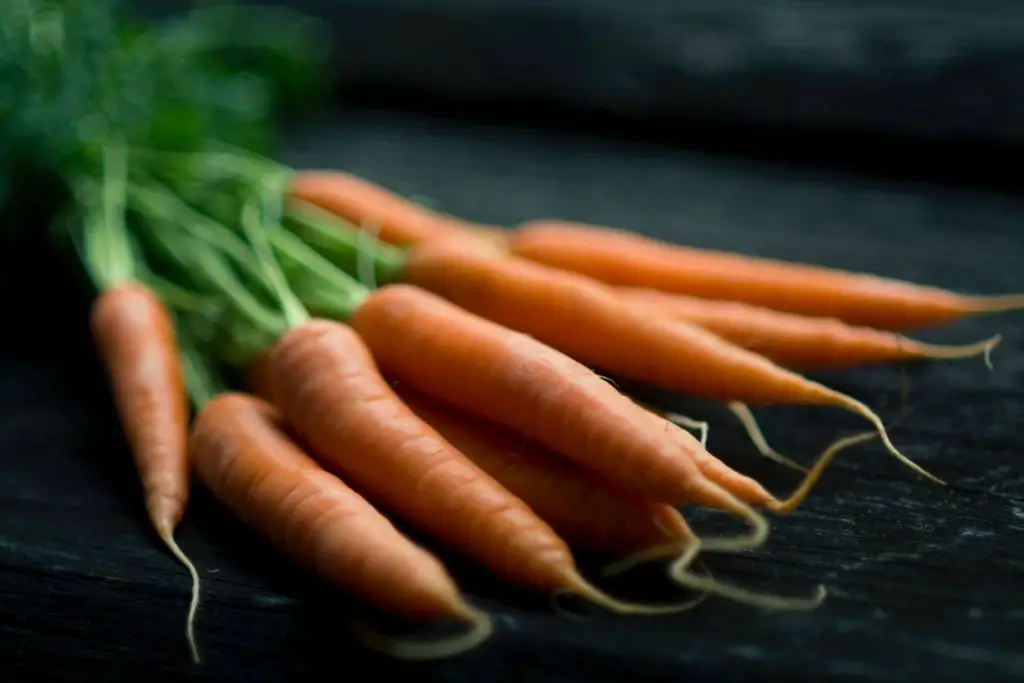
A newbie gardener can easily grow these crops.
In a grow tent, growing some carrots is as easy as scattering the seeds at a depth of about one inch in semi-drained soil. Without much assistance, the carrot roots will sprout and grow, especially in the steady environment of the grow tent.
Here are some resources on growing carrots:
2. Cabbage
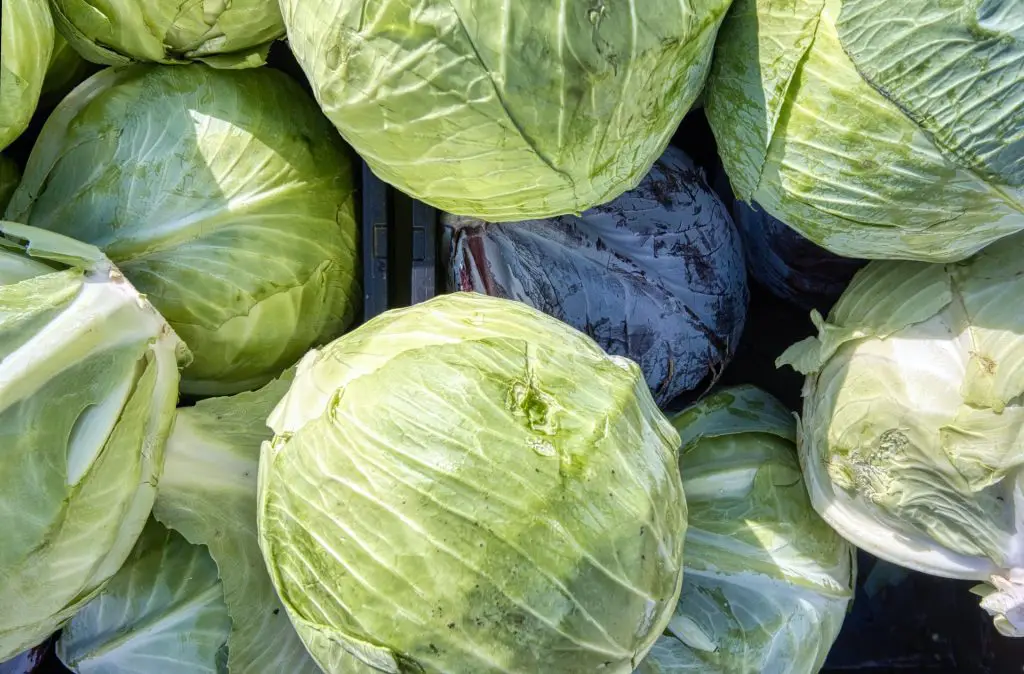
Heads of cabbage are among the most well-liked salad greens to cultivate in a grow tent.
The cabbage plant’s compact structure is ideal for saving space and maximizing the yield from the amount of space the vegetable occupies.
Here are some resources on growing cabbages:
3. Kale

Kale has recently gained popularity in part because of how easily it grows and all of its health advantages.
This guide explains 21 Must-Know Tips For Growing Kale Indoors for you to get started!
4. Mushroom
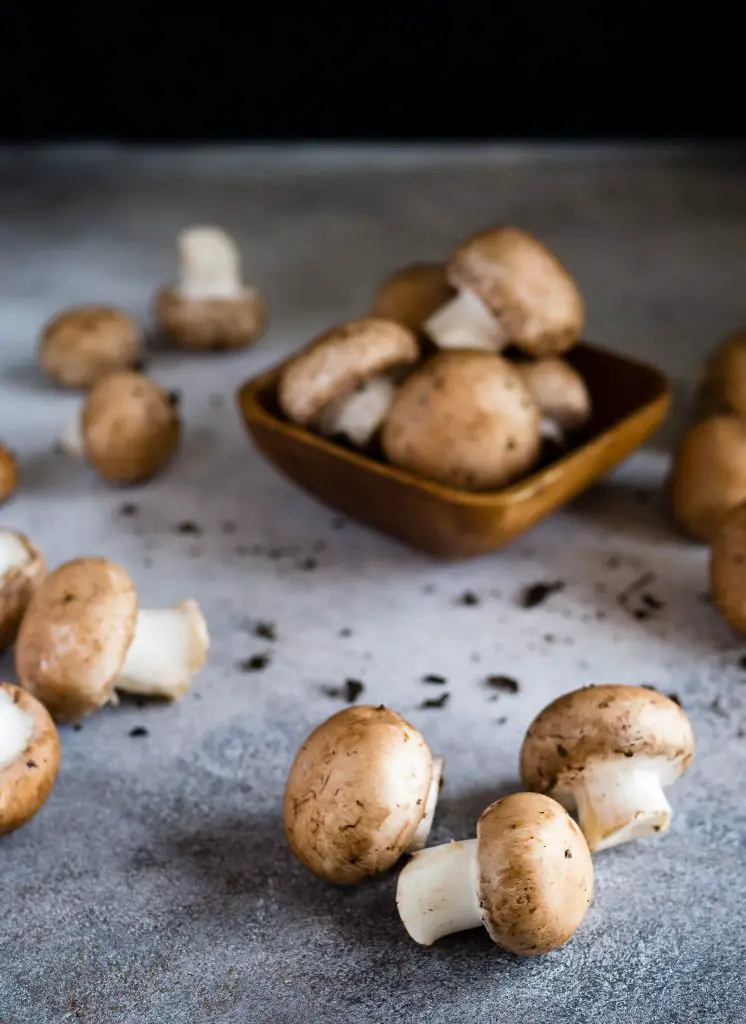
Mushrooms are simple and rewarding with their abundant bounty in the controlled and enclosed space of your grow tent.
You have a variety of options for your grow tent given the large variety of mushroom species. Additionally, it’s acceptable to grow a variety of mushrooms next to one another as long as their soil requirements are the same.
Read through this article on How to Make a Mushroom Grow Tent: Step by Step.
5. Ginger

The roots of ginger plants spread out fairly close to the soil’s surface. They work well in your grow tent because they are also ideal for growing close together.
Read this guide on How to Grow Ginger Indoors that covers the topic of how to grow in a tent.
Can You Grow Tomatoes Indoors?
The quick answer is yes, you can grow tomatoes indoors.
Tomatoes must grow in a way that almost exactly mimics outside circumstances since, unlike other house plants or vegetation, they never really adjust to indoor life.
A stable, somewhat warm climate is desirable, as are at least 8 hours in direct sunlight or a grow light.
The advantage of cultivating this fruit inside is that the plant is protected from inclement weather and ravenous pests, so you might be trading one obstacle for another.
Since a tomato plant lacks sentience, it is unable to distinguish whether it is growing outside, indoors, or in a glasshouse.
A tomato plant can tell when its needs are being supplied and will react accordingly.
So what is required of a tomato plant?
- Circulating fresh air
- A good range of temperature
- Water
- Abundant light
- An appropriate vessel for growing
- Healthy growth environment
- Branch support in the physical world
Can Store-Bought Tomatoes Be Used To Grow Tomatoes?
Unfortunately, no. Many people wish they could just grab a fruit or vegetable from the shop, bury it in the ground, and have a gorgeous, vibrant tree full of their favorite foods.
Most fruits and vegetables are normally cultivated in a way that prevents self-reproduction, including tomatoes. Most often, they no longer even sprout from seeds.
Nevertheless, you might be able to use the seeds from locally farmed or heirloom tomatoes. Cherry tomatoes can also be sliced in half and seeded to produce a budding plant, similar to potatoes.
How Much Time Does It Take A Tomato To Grow?
It takes about 50 – 60 days for tomato plants to be optimal for harvest.
There are a number of variables that can affect how long it takes to grow a tomato plant indoors.
The season you plant a crop will affect how long it takes it to grow when planted outdoors. For example, the early season requires roughly 70 days, the midpoint requires roughly 50–60 days, and those grown in the late season can require up to 80 days.
However, keep in mind that this estimate does not take into consideration the type of gardener you are when it comes to growing vegetables in a grow tent. The growth might be slowed down by unfavorable growing conditions.
Can A Tomato Plant Survive The Year?
Yes and no. The ideal situation would be for the plant to remain active all year and continue to produce fruit without the need for a transplant, sadly, it is not quite that easy.
The bush-like plants usually produce enough fruit for one harvest before dying, however, they could sprout the following season.
Although they produce substantially less fruit in the winter, tomato plants that resemble vines are more likely to survive the entire year.
The average indoor plant won’t grow as much as an equivalent outside plant, but just because the output has decreased doesn’t indicate the plant is dead or won’t produce again in the future.
Conclusion
Now you do not have to think can you grow tomatoes in a grow tent.
Growing tomatoes all year round is definitely possible thanks to a grow tent and now you can start planning and preparing for your first batch of homegrown tomatoes in a grow tent.
This is your chance to dive deep into the satisfaction and pleasure of growing tomatoes in a grow tent!
Although it may seem daunting, and even if you are wondering can you grow tomatoes in grow bags, hopefully, this article quells your fears and doubts and encourages you to take the plunge to start growing your own tomatoes.
All the best for your first harvest of tomatoes and do not forget to share your experience of growing and feasting on your tomatoes harvest in the comment section below.









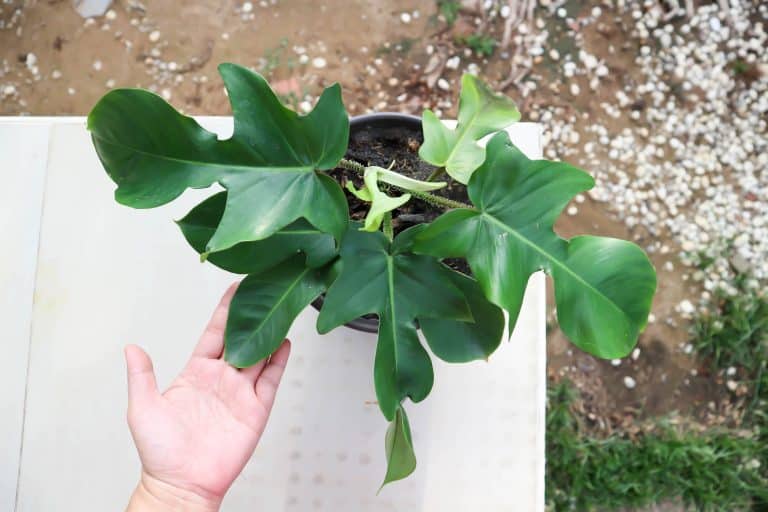
![Why Are Pink Princess Philodendrons So Beloved? – Care Tips [2022]](https://aboveandbeyondgardening.com/wp-content/uploads/2022/02/Why-are-Pink-Princess-Philodendrons-so-Beloved_-768x512.jpg)
![Philodendron Brasil – Top 7 Simple Care Tips [2022 Guide]](https://aboveandbeyondgardening.com/wp-content/uploads/2022/02/Philodendron-Brasil-768x512.jpg)
